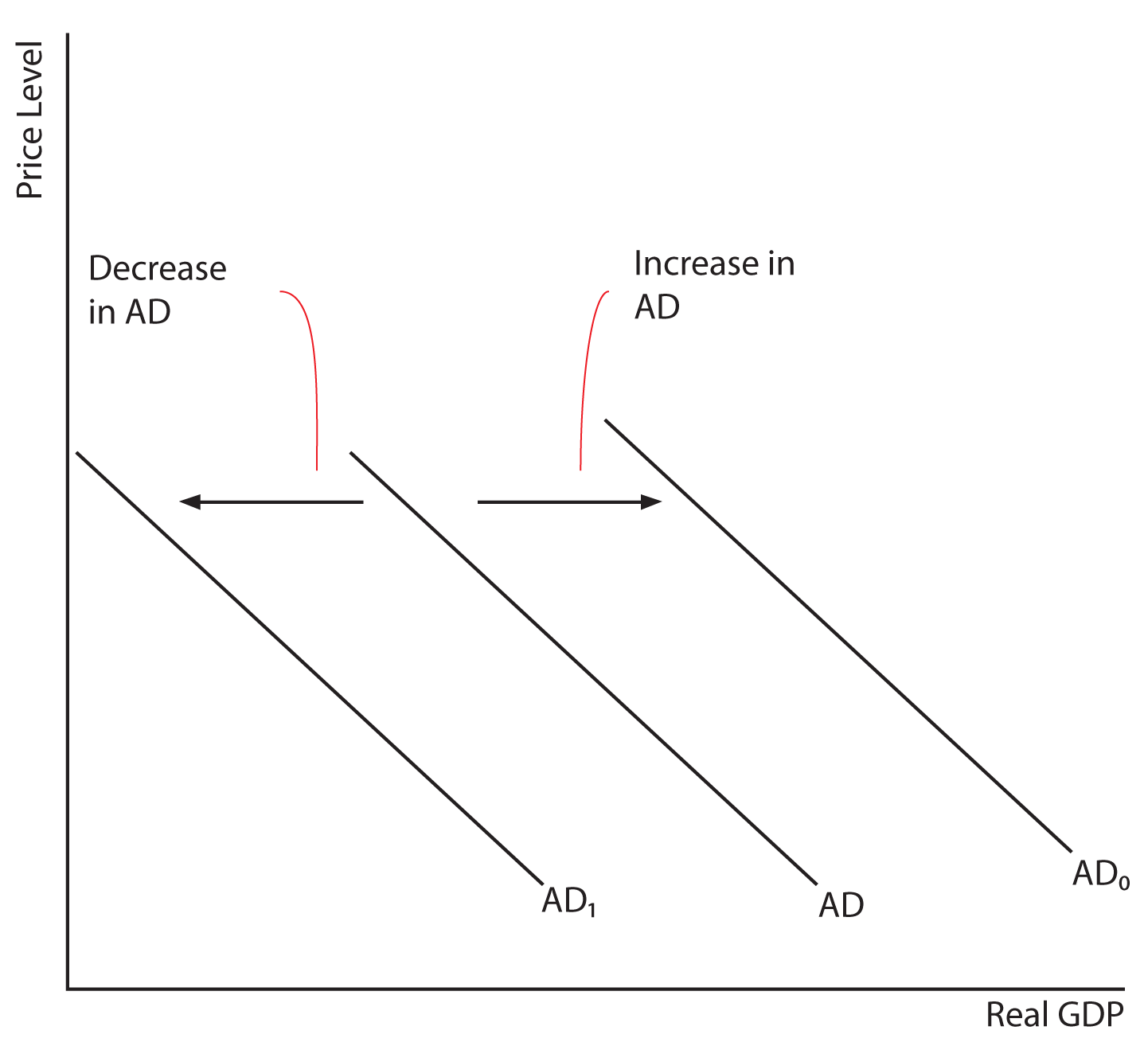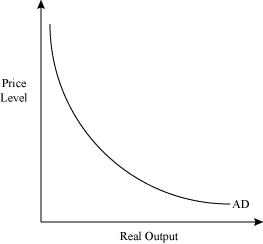The Spending Multiplier Effect
- An initial change in spending (C, Ig, G, Xn) causes a larger change in aggregare spending, or Aggregate Demand (AD)
- Multiplier = ΔAD/ΔC, I, G, or X
Calculating the Spending Multiplier
- The Spending Multiplier can be calculated from the MPC or the MPS.
- Multiplier = 1/1-MPC or 1/MPS
- Multiplier are (+) when there is an increase in spending and (-) when there is a decrease.
Calculating the Tax Multiplier
- When the government taxes, the multiplier works in reverse
- Why?
- Because now money is leading the circular flow
- Tax Multiplier (note: it's negative)
- = -MPC/1 - MPC or -MPC/MPS
- If there is a tax-CUT, then the multiplier is +, because there is now more money in the circular flow.
Consumption and Savings
- Disposable Income (DI)
- Income after taxes or net income
- DI = Gross Income - Taxes
- 2 Choices
- With disposable income, households can either
- Consume (spend money on goods and services)
- Save (not spend money on goods and services)
- Consumption
- Household spending
- The ability to consume is constrained by
- The amount of disposable income
- The propensity to save
- Do households consume if DI = 0?
- Autonomous consumption
- Dissaving
- Saving
- Household NOT spending
- The ability to save is constrained by
- The amount of disposable income
- The propensity to consume
- Do households save if DI = 0?
- APC & APS
- APC + APS = 1
- 1 - APC = APS
- 1 - APS = APC
- APC > 1 = Dissaving
- -APS = Dissaving
- Marginal Propensity to Consume (MPC)
- The fraction of any change in disposable income that is consumed.
- MPC = ΔC/ΔDI
- Marginal Propensity to Save (MPS)
- The fraction of any change in disposable income that is saved.
- MPS = Δsavings/ΔDI
- Marginal Propensities
- MPC + MPS = 1
- MPC = 1 - MPS
- MPS = 1 - MPC




